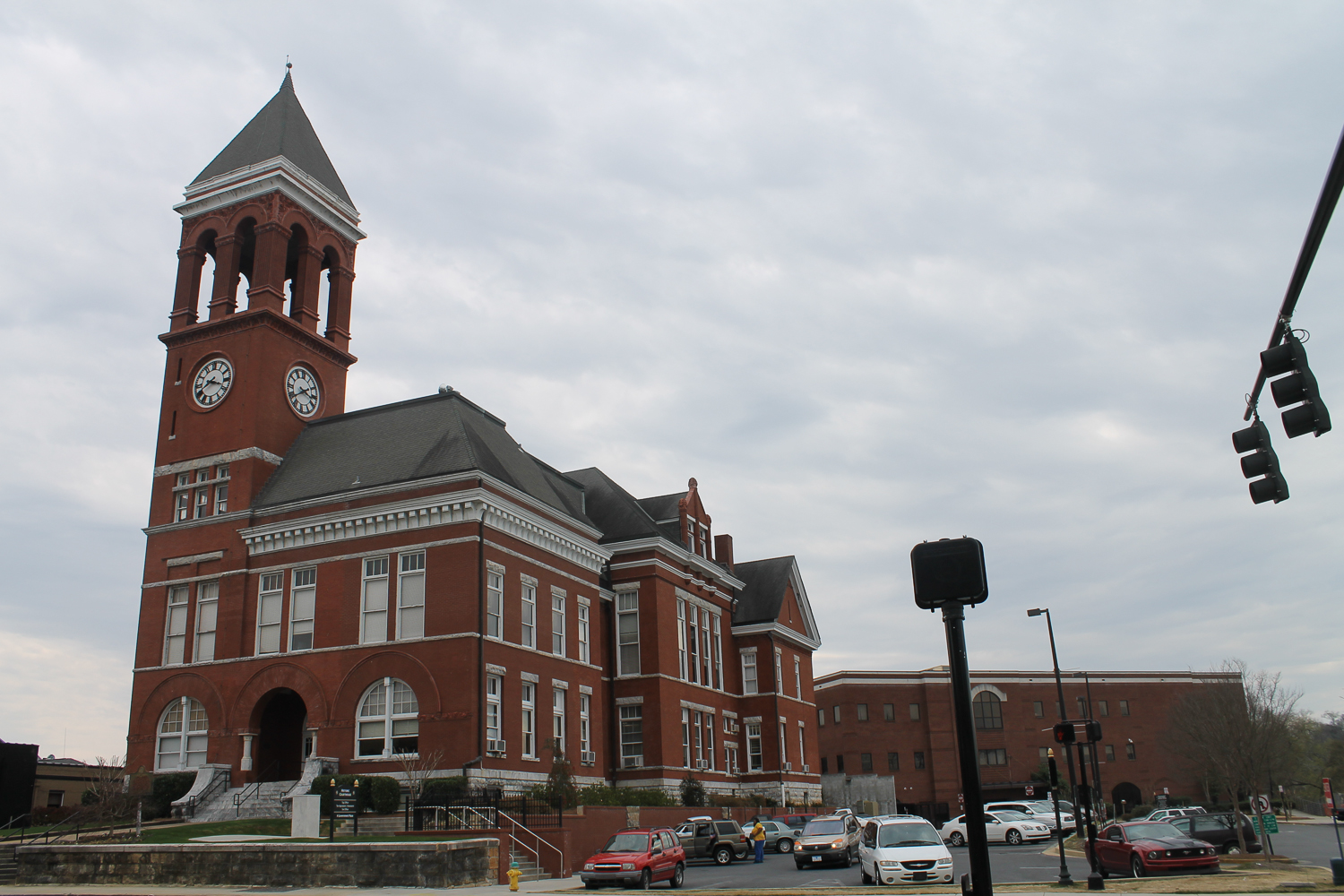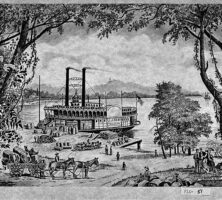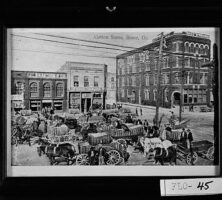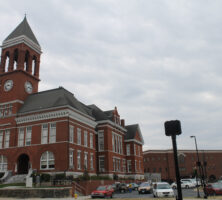Northwest Georgia’s Floyd County, formerly home to many of the state’s Cherokee Indians, was established on December 3, 1832, two years after the Georgia legislature passed a law extending its jurisdiction over the Cherokee territory in that part of the state.
The subsequent 1832 act divided the Cherokee country into ten large counties. Floyd, the eighty-eighth county in Georgia, was named for General John Floyd, statesman and Indian fighter.
Two years after Floyd County’s inception, the county seat was moved from Livingston to a fertile area of land where the Etowah and Oostanaula rivers meet to form the Coosa River; there, the city of Rome was born. Banks, mercantile houses, law offices, stagecoaches, foundries, riverboats, and churches began to appear in the area as new settlers moved into Rome and the surrounding county.
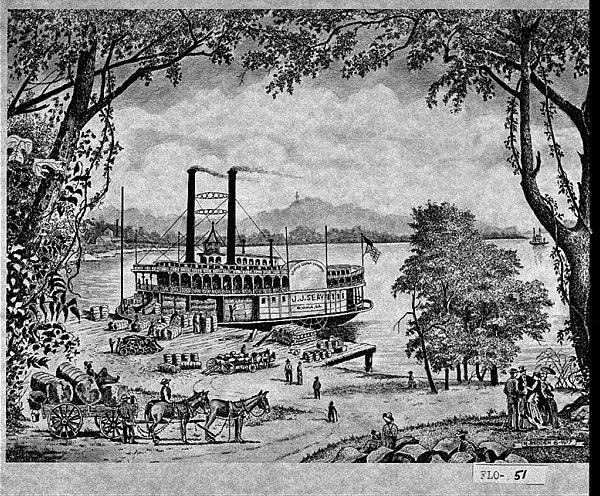
During the Civil War (1861-65), Floyd County experienced its share of hardship and loss. Union troops moved through the area twice in 1864, marching first from Chattanooga, Tennessee, toward Atlanta under General William T. Sherman. After the fall of Atlanta, John B. Hood’s army pushed back through the county toward Tennessee. After the war, the county and its residents began to rebuild and experience economic rebirth. The communities of Armuchee and Coosa found economic strength in the lumber industry. In addition, cotton became central to trade and industry, and such communities as Lindale and Shannon thrived in the growing textile market. The Coosa River took cotton 200 miles to the south, and the Oostanaula River carried it 100 miles to the north. Cotton from Floyd County also found its way to British textile mills in Liverpool and Manchester, as well as to mills in Antwerp, Belgium; Genoa, Italy; Canada; and New England.
In recent years, the medical field has become a primary economic force for the county. Two major hospitals and a cardiovascular center are located in Floyd County, and the county has become the center for medical care in northwest Georgia and northeast Alabama.
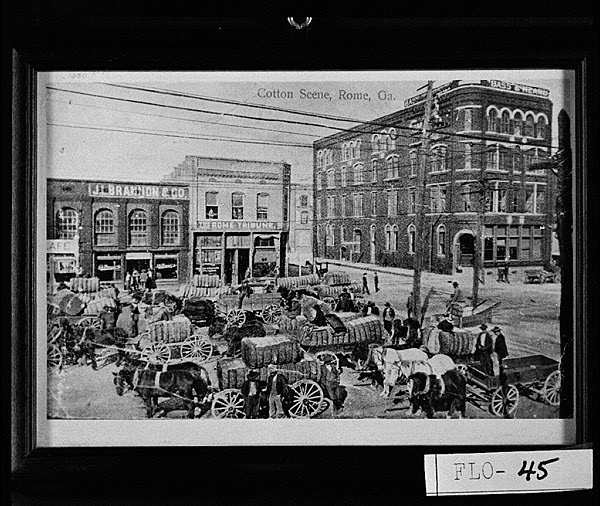
Four postsecondary institutions, all based in Rome, make their home in Floyd County. Two, Shorter University and Berry College, are private institutions. Georgia Highlands College and Georgia Northwestern Technical College are two-year state institutions.
Notably, Floyd County is home to the Rome Symphony Orchestra, the oldest symphony in the Southeast. Founded in 1922, the orchestra was disbanded during World War II (1941-45) until 1944, when Helen Dean Rhodes, of Rome, picked up the conductor’s baton and led the symphony for the next twenty-eight years. The orchestra continues to attract musicians of national acclaim during its annual concert seasons.
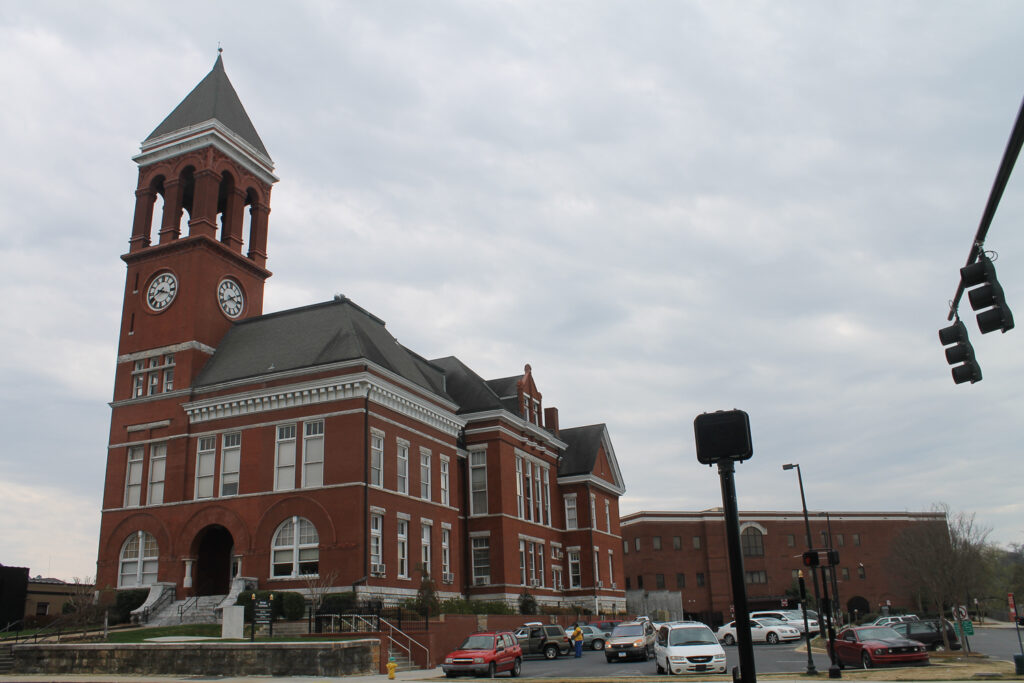
The King site, the remains of a village dating to the Mississippian Period (A.D. 800-1600), is located on the Coosa River in the western part of the county.
Among distinguished Floyd County residents are Ellen Axson Wilson, former First Lady and first wife of U.S. president Woodrow Wilson; Martha Berry, the founder of Berry College; and John H. Towers, a naval aviation pioneer and World War II military strategist who is honored in the Georgia Aviation Hall of Fame.
According to the 2020 U.S. census, Floyd County has a population of 98,584, an increase from the 2010 population of 96,317.





